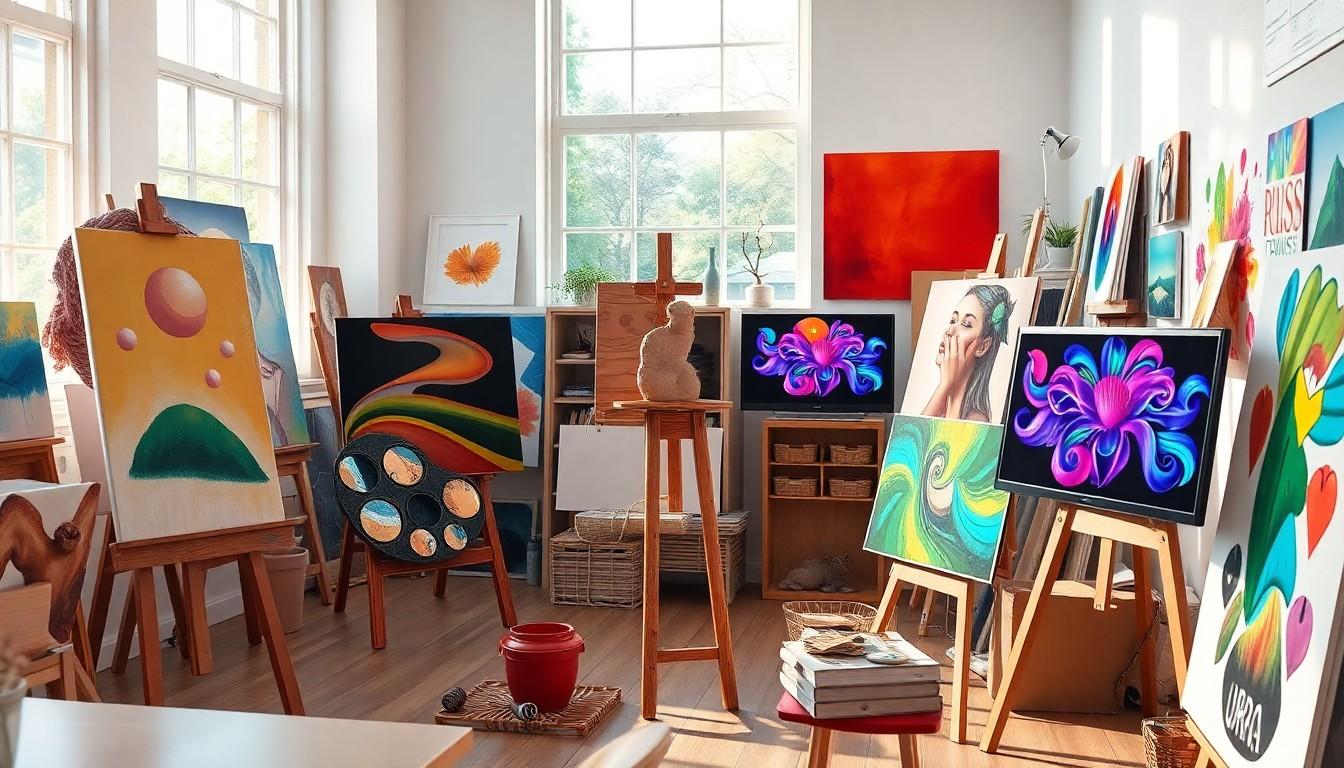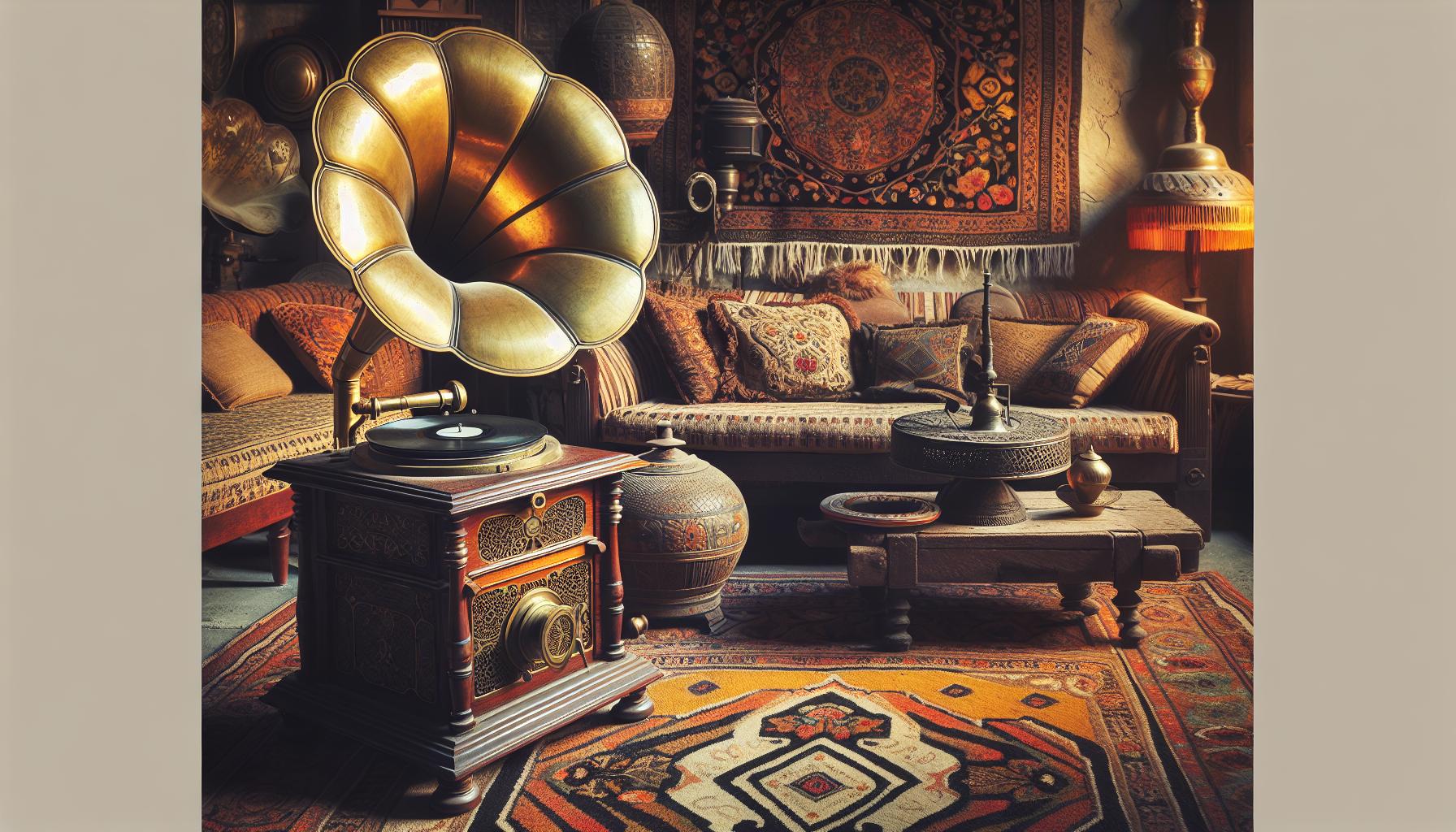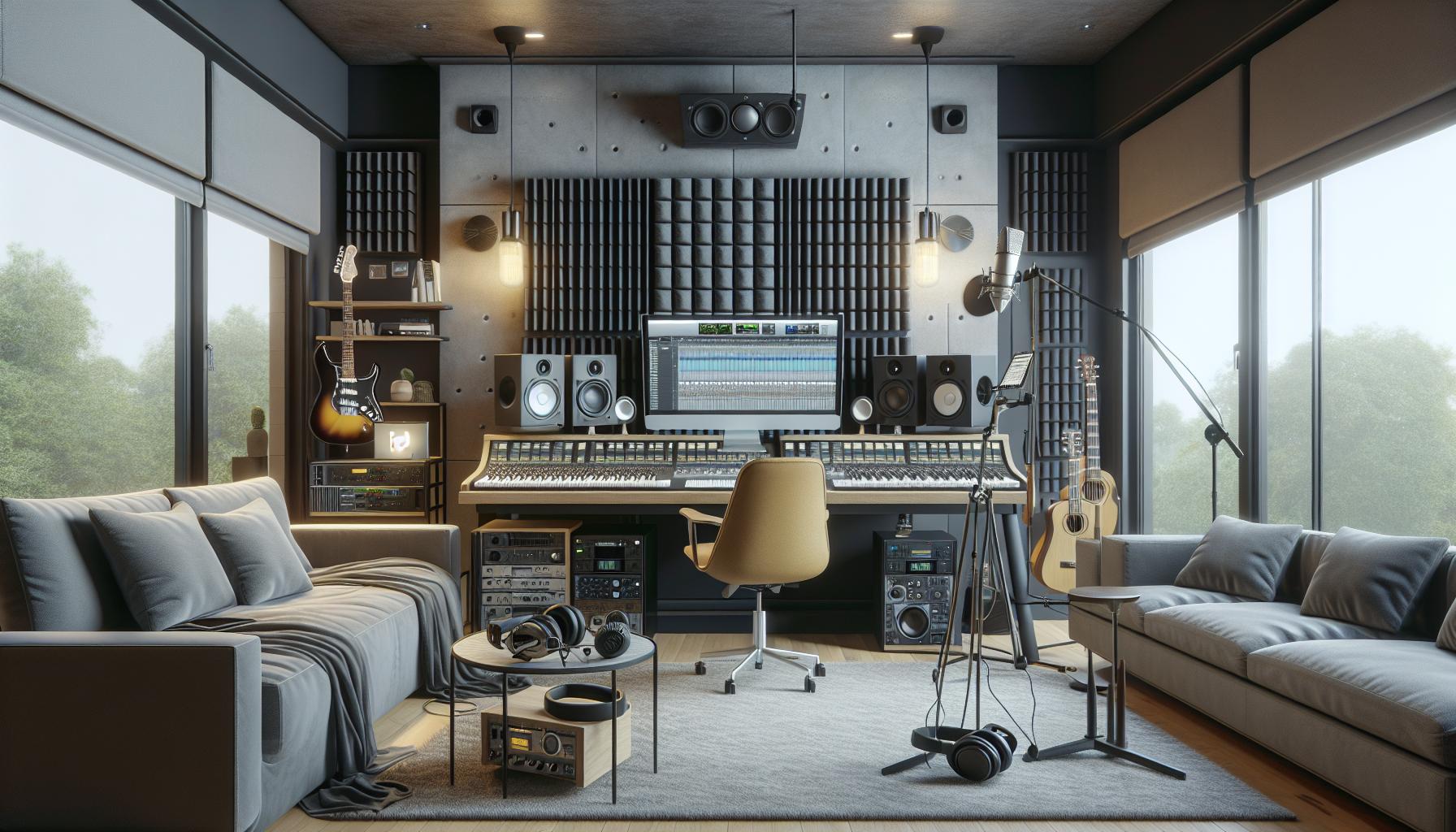“
Key Takeaways
- Political Engagement: Robert De Niro uses his celebrity status to advocate for civic engagement and encourages voting as a crucial civic duty.
- Progressive Advocacy: De Niro actively supports social justice, immigrant rights, climate action, and healthcare reform, aligning himself with Democratic candidates and initiatives.
- Criticism of Leadership: He is vocal against political figures like Donald Trump, emphasizing the importance of accountability in leadership and the need to defend democratic values.
- Influence on Public Discourse: De Niro’s outspoken views contribute significantly to public discussions on societal issues, encouraging audiences to consider their own political positions and act on social responsibilities.
- Art and Activism: His belief in the power of art as a catalyst for political dialogue reinforces the critical intersection between creativity and sociopolitical advocacy.
Robert De Niro, the iconic actor known for his intense performances, isn’t just a Hollywood legend; he’s also a prominent voice in political discourse. Over the years, he’s used his platform to express strong opinions on various issues, from social justice to presidential elections. His outspoken nature has sparked both admiration and controversy, making him a fascinating figure in the intersection of art and politics.
As a passionate advocate for change, De Niro’s political views reflect his commitment to social responsibility. Whether he’s critiquing government policies or supporting grassroots movements, he’s made it clear that he believes in using his influence for the greater good. This article delves into De Niro’s political journey, exploring how his beliefs shape his public persona and impact the political landscape.
Robert De Niro’s Political Views
Robert De Niro expresses strong political opinions, often using his platform to advocate for social justice and progressive reform. De Niro actively criticizes political figures, particularly Donald Trump, labeling him a threat to democracy. He emphasizes the importance of civic engagement and encourages voting as a vital civic duty.
De Niro supports issues like immigrant rights, climate change action, and healthcare reform. He aligns with organizations promoting social equity and environmental sustainability. His outspoken stance highlights a commitment to fostering dialogue around pressing societal concerns.
In addition, De Niro’s portrayal of complex characters in films reflects his belief in art’s role as a catalyst for political discourse. He believes artists must challenge societal norms and provoke thought, reinforcing the idea that media influences public perception and opinion.
Overall, Robert De Niro’s political views underscore a blend of activism and artistry, contributing significantly to his public image and the dialogue surrounding contemporary politics.
Support for Democratic Candidates
Robert De Niro actively supports Democratic candidates, reflecting his alignment with progressive values. His endorsements and contributions aim to foster social change and political engagement.
Key Endorsements
De Niro has publicly endorsed numerous Democratic candidates throughout his career. Notably, he backed Joe Biden during the 2020 presidential election, emphasizing the need for leadership that prioritizes unity and integrity. Additionally, De Niro supported Hillary Clinton in the 2016 election, citing concerns about the implications of a Trump presidency. His endorsements extend to local campaigns, where he highlights candidates championing social justice, climate action, and healthcare reform.
Campaign Contributions
De Niro contributes financially to campaigns that resonate with his political beliefs. His contributions predominantly go to Democratic candidates and organizations. For example, he donated to the Biden campaign, demonstrating his commitment to supporting candidates aligned with his progressive agenda. Furthermore, he often participates in fundraising events, mobilizing resources for candidates who advocate for equity and environmental responsibility. These contributions reinforce De Niro’s role as an influential figure in contemporary political discourse.
Advocacy for Social Issues
Robert De Niro actively engages in advocating for numerous social issues, demonstrating his commitment to equity and justice through various initiatives and public appearances. His work in these areas significantly shapes public discourse on critical societal topics.
Immigration and Refugee Rights
De Niro supports immigrant rights and refugee advocacy, recognizing the importance of inclusivity and compassion in society. He champions policies that protect undocumented immigrants and promote paths to citizenship. De Niro’s involvement includes backing organizations that provide assistance to refugees, highlighting the need for humane immigration reform. He has publicly criticized anti-immigrant rhetoric, urging acceptance and understanding in public debates about immigration.
Health Care and Education
De Niro advocates for healthcare reform, emphasizing the necessity of accessible and affordable healthcare for all individuals. He backs initiatives that seek to reduce healthcare disparities, supporting policies directed at comprehensive healthcare coverage. In education, De Niro promotes investment in public schools to ensure quality education for every child. He recognizes education as a fundamental right, and consistently calls for equitable resources and opportunities within the educational system.
Criticism of Political Figures
Robert De Niro’s criticism of political figures often represents his strong emotions regarding democratic values and social issues. His outspoken nature has sparked public debates and drawn attention to various political matters.
Donald Trump
De Niro’s vocal disdain for Donald Trump defines much of his political rhetoric. He identifies Trump as a significant threat to democracy, condemning his actions and policies publicly. De Niro’s critiques include statements about Trump’s divisive rhetoric, treatment of marginalized communities, and disregard for truth. He emphasizes the need for accountability in leadership and frequently encourages activism against Trump’s administration’s policies. De Niro’s call for civic engagement features prominently in his criticism, urging citizens to participate in elections and advocate for democratic principles.
Other Notable Figures
De Niro extends his criticism to other political figures, addressing issues like social injustice and environmental policy. He critiques figures across party lines when their actions contradict his values. He has publicly condemned leaders who prioritize corporate interests over public welfare, labeling them as detrimental to society. De Niro champions progressive candidates who align with his beliefs, holding them accountable to their constituencies. His focus remains on promoting social equity, environmental responsibility, and transparency in governance, reinforcing his commitment to advocating for a more just political landscape.
Influence on Public Discourse
Robert De Niro exerts significant influence on public discourse through his outspoken political views and advocacy efforts. His critical commentary on various political issues resonates deeply with audiences, transforming his artistic platform into a vehicle for social change. De Niro’s willingness to engage in heated discussions elevates the importance of civic issues, prompting fans and followers to consider their own positions.
De Niro frequently uses his celebrity status to advocate for civic engagement. He asserts that voting is a fundamental duty, especially during presidential elections. For example, his endorsement of candidates like Joe Biden and Hillary Clinton highlights his commitment to progressive values, fostering a discourse centered around unity and integrity in leadership.
De Niro’s critiques of political figures, particularly Donald Trump, show his dedication to accountability in governance. He openly criticizes Trump’s policies, labeling them as threats to democracy. This vocal opposition not only defines his personal political rhetoric but also encourages others to speak out against what they perceive as injustices.
In addition to direct criticism, De Niro emphasizes the necessity of supporting social equity and environmental sustainability. He aligns himself with organizations and causes advocating for immigrant rights and healthcare reform. His participation in fundraising for Democratic campaigns further demonstrates his commitment to initiatives that promote social justice and equitable policies.
De Niro also champions educational reform, calling for increased investment in public schools to ensure all children receive quality education. By addressing education as a fundamental right, he contributes to broader conversations about social responsibility and community welfare.
Through public appearances and various initiatives, De Niro remains a prominent advocate for societal change. His presence in political discussions underscores the integration of art and activism, shaping contemporary views on critical issues and inspiring others to take action.
Robert De Niro’s engagement in political discourse showcases the powerful intersection of art and activism. His unwavering commitment to social justice and civic responsibility has positioned him as a prominent voice in contemporary politics. By advocating for progressive values and critiquing divisive leadership, he encourages others to participate in the democratic process. De Niro’s influence extends beyond the silver screen as he uses his platform to address critical issues like healthcare, immigration, and education. His efforts not only reflect his personal beliefs but also inspire a broader dialogue about the responsibilities of public figures in shaping societal change. Through his actions and words, De Niro continues to challenge norms and provoke thought, reinforcing the vital role of artists in political advocacy.
“




